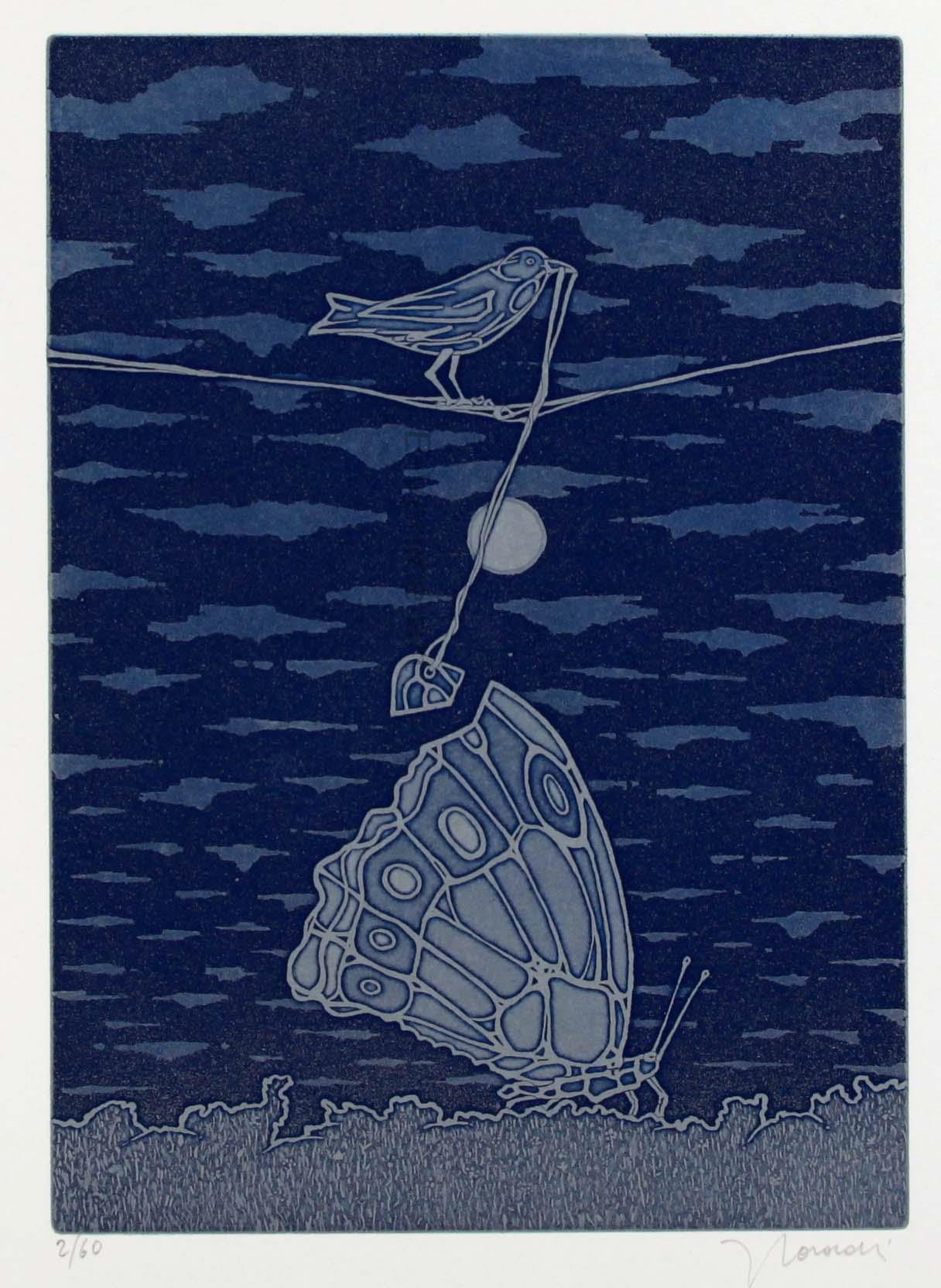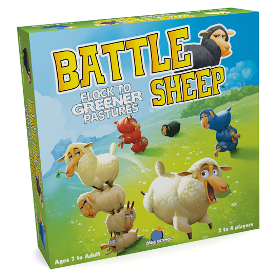


We have identified markers that could complement the minimal panel proposed for the in-vitro MSC definition, being shared and strongly expressed by BM- and CB-derived MSC. This is the first study that has comprehensively compared the phenotype of BM-MSC and CB-MSC. CD143 expression was tested on 10 additional BM-MSC and CB-MSC and on 10 umbilical cord- and adipose tissue-derived MSC samples, confirming that its expression is restricted to adult sources. Notably, only angiotensin-converting enzyme (CD143) was exclusively expressed on BM-MSC. All except CD140b and alpha-SMA were suitable for the specific identification of ex-vivo expanded MSC. Differentially expressed markers were identified by directly comparing the expression of all 246 antigens between BM-MSC and CB-MSC.īased on HCL, 18 markers clustered as strongly expressed in BM-MSC and CB-MSC, including alpha-smooth muscle antigen (SMA), beta-2-microglobulin, CD105, CD13, CD140b, CD147, CD151, CD276, CD29, CD44, CD47, CD59, CD73, CD81, CD90, CD98, HLA-ABC, and vimentin. To define the markers common to both sources, those showing the smallest variation between samples (coefficient of variation of log 2 fold increase ≤ 0.5, n = 59) were selected for unsupervised hierarchical cluster analysis (HCL). The BM-MSC and CB-MSC phenotype was investigated by flow cytometry using a panel of 246 monoclonal antibodies. CB-MSC (n = 6) were isolated and expanded as single clones in 5/6 samples. This study provides a 246-antigen immunophenotypic analysis of BM- and CB-derived MSC aimed at identifying common and strongly expressed MSC markers as well as the existence of discriminating markers between the two sources.īM-MSC (n = 4) were expanded and analyzed as bulk (n = 6) or single clones isolated from the bulk culture (n = 3). Comparative studies comprehensively characterizing the MSC phenotype across several tissue sources are still lacking. Although bone marrow (BM) remains the most common MSC source, cord blood (CB) can be collected noninvasively and without major ethical concerns.

In the case of a tie, the winner is the player who has the largest number of contiguous pasture spaces occupied by their herd of sheep.Mesenchymal stromal cells (MSC) are a heterogeneous population of multipotent progenitors used in the clinic because of their immunomodulatory properties and their ability to differentiate into multiple mesodermal lineages. The winner is the player who succeeds in controlling the most pasture spaces. The game ends when the last remaining player can no longer move. When all your sheep are blocked, you are eliminated from the game. Try not to block yourself in and count your sheep carefully ! Watch out for chokepoints that can be easily closed off leaving you without enough room to spread the rest of your herd. Strategy Tip: Watching out for your biggest herd is usually a sound strategy to start with.A stack is blocked when it is surrounded by opponents' pieces or the edge, and can no longer be split and moved. Play continues with each player splitting any one of their stacks. When you are happy with the split, click the 'Validate' option at the top of the game screen. You MUST leave at least one sheep on the space on which the original stack was standing. Click on the original or destination space to adjust the amount of sheep you want in each herd. Then, click on the desired destination pasture space.

On your turn, your move consists of splitting a stack of your own sheep into two parts, moving part of the stack in a straight line as far as it can go before hitting another sheep or the border (sheep cannot jump over other sheep or gaps).Ĭlick on the stack you wish to split. In considering initial placement, think about who will act before you and what their likely first move will be. You may build the board differently depending on whether you are the first player or one of the subsequent players.


 0 kommentar(er)
0 kommentar(er)
